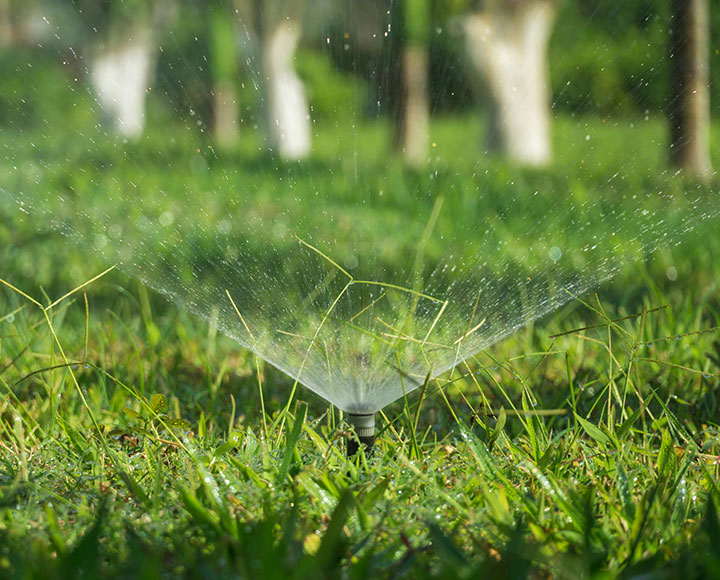
HOME | Lawn Care | Leaf Management | Garden Bed Prep | Tree / Shrub Care | Irrigation System Maintenance | Tool storage
Irrigation System Maintenance
A. Winterizing Sprinklers
- Steps to drain and winterize sprinkler systems
- Importance of preventing freeze damage
Draining and winterizing sprinkler systems is a vital task to prevent damage during the freezing winter months. The process typically involves shutting off the water supply to the system and then draining the water from the pipes. This can be done manually by opening drain valves or by using an air compressor to blow out the water. It’s also important to remove any backflow preventers and store them indoors to protect them from freezing temperatures. Additionally, insulating any above-ground components, such as valves and pipes, adds an extra layer of protection against the cold. Following these steps ensures that no water remains in the system that could freeze, expand, and cause cracks or bursts.
Preventing freeze damage is crucial because water left in sprinkler systems can freeze and expand, leading to significant and costly repairs. Frozen pipes can crack or burst, damaging not only the irrigation system but also potentially causing flooding and water damage to nearby property. Ensuring that the system is properly winterized helps maintain its integrity and functionality, preventing the need for extensive repairs or replacements in the spring. By taking the time to winterize the system, homeowners can protect their investment, avoid costly damages, and ensure that their sprinklers are ready to function efficiently when the weather warms up.

B. Adjusting Watering Schedule
- Reducing watering frequency as temperatures drop
- Monitoring soil moisture levels

As temperatures drop, it is essential to reduce the watering frequency for plants to accommodate their changing needs. Cooler weather and shorter days slow down plant growth and decrease water evaporation from the soil, reducing the overall water requirements. Overwatering during this period can lead to waterlogged soil, which can suffocate roots and promote root rot and other diseases. By gradually decreasing the watering schedule, plants can acclimate to the cooler conditions and enter a natural dormancy, preparing them for the winter months ahead.
Monitoring soil moisture levels is equally important during this transition. Regularly checking the soil ensures that plants are neither too dry nor too wet, both of which can be detrimental. Using a soil moisture meter or simply probing the soil with a finger can help gauge moisture levels accurately. The top few inches of soil should be allowed to dry out between watering sessions, but the deeper soil should still retain some moisture. This balance supports healthy root function and reduces stress on plants as they adjust to the cooler weather. By paying close attention to soil moisture, gardeners can provide the optimal conditions for their plants to thrive throughout the changing seasons.
A. Cleaning and Maintenance